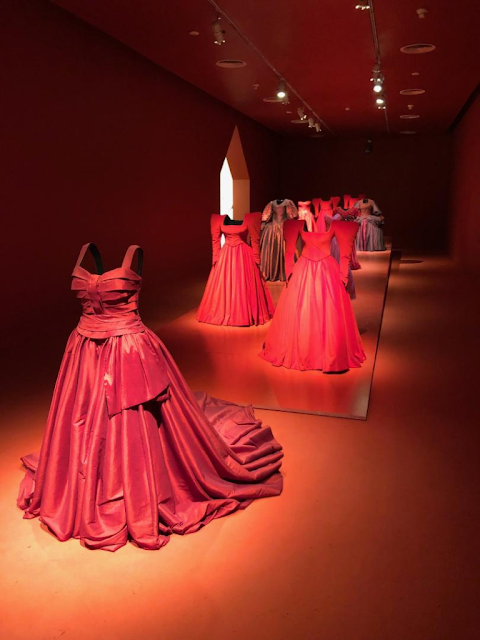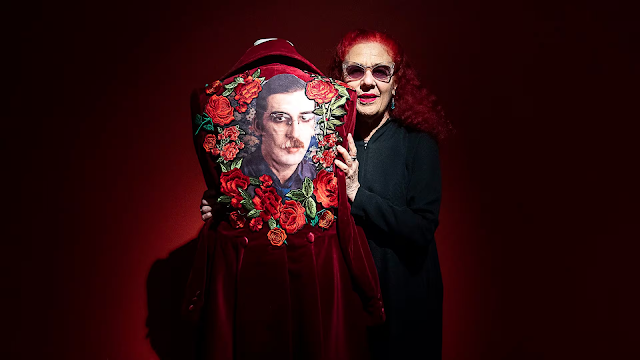alligator
Marcela Cabutti: Alligators in the Palace Garden of the National Museum of Decorative Art
November 28, 2023 | nadiaevangelina"Se va el caimán, se va el caimán" (The alligator is leaving, the alligator is leaving) is an installation by artist Marcela Cabutti that intervenes in the palace garden of the National Museum of Decorative Art of Argentina. The work seeks an approach to the environment of the museum installation and to the multiple objects that compose the museum's collection.
In this opportunity, the invitation is to walk through the palace garden, a magical place so often used to connect the Errázuriz Alvear family with the nature of that landscape. Today, in the garden there is a fountain that once housed two cinemas, and today in the center there is a small decorative figure: a boy holding a small alligator from which he pours water into the fountain.
With a contemporary vision, Cabutti playfully recreates those alligators made of various materials that populated the exotic fauna of Buenos Aires palaces during the last century, thus transforming the fountain, with a floor of 120,000 blue glass beads, into the blue sea of the Colombian Caribbean, from which other alligators emerge while some more are installed on the terrace.
Designed in 1911 by architect René Sergent, this former French neoclassical palace was the residence of the family formed by Josefina de Alvear and Matías Errázuriz Ortúzar. After living in Europe for a decade, the couple acquired a valuable collection of European and Oriental art (most of which is now part of the museum's patrimony). In 1936, the national state bought the house and the collections. A year later, the National Museum of Decorative Art was created, which today has more than 6,000 objects, ranging from Roman sculptures to handcrafted creations of contemporary silverware.
Achille Duchêne called the prince of gardens, was in charge of the design of the palace gardens. Surrounded by shrubs and rose bushes is the swan fountain, which once held dozens of birds, one of the garden's main attractions. A path of orange and cypress trees leads to a second, smaller fountain: the turtle fountain. In the style of classical French gardens, there are paths, steps, ponds, and benches. At the entrance, visitors are greeted by geometric anthropomorphic figures with Mayan and Aztec reminiscences by Cabutti.
In her works, many monumental works, others fragile pieces of glass, Cabutti reflects on colonial and political, origins and their resonances in the present. In this installation, the artist wonders whether decorative elements sweeten political or contextual issues that imply colonization. According to Cabutti, "no sculptures or fountains were made that had to do with the Latin American reality, but they were fountains designed by a European artist, with themes that did not correspond to the time because the theme of Africanness is quite recent in the studies in Argentina."
"Se va el caimán" is the title of a popular song in Latin America. For this reason, Cabutti links this song to a museum that is conquering its own public, a museum whose origin has not been popular and whose programs currently allow not only to see the heritage from a contemporary point of view but also with other proposals to revisit, rethink and renew the museum's public.
"Se va el caimán, se va el caimán"
Location: Av. del Libertador 1902, C1425 CABA Buenos Aires (Argentina)
Opening Date: 14th October 2023
End Date: 10th December 2023
Working hours: Wednesday-Sunday 1pm to 7pm
Official website:
Artist:
































